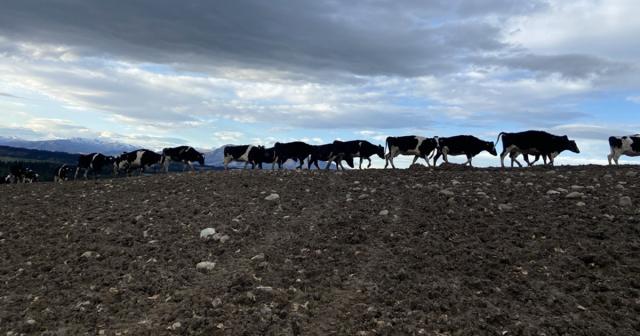Changes in livestock wintering practices over recent years have resulted in overwhelmingly positive feedback from Regional Councils and regulators. Now farmers grazing forage crops this winter are being encouraged to build on the good work

Beef + Lamb New Zealand’s CEO Alan Thomson says farmers have changed their wintering management practices significantly over the past few years to protect animal welfare and water and soil resources.
“Industry groups are encouraging farmers to continue to identify and mitigate any risks associated with the practice, in line with science and research.”
He says winter forage crops play an important role in many farm systems as they provide a bulk of high-quality feed at a time of year when pasture growth is minimal.
“They ensure animals are kept well-fed and healthy over the winter months and by far the majority of farmers take steps to maintain high standards of animal welfare while stock are grazing these crops.”
Mr Thomson says farmers are aware of the need to have a plan B in case of adverse weather, buffer zones to protect waterways and understand the benefits of strategic grazing so the crop acts as a filter for any run-off.
“We encourage all farmers feeding winter forage crops to have a Winter Grazing Plan in place. These can be shared with the whole farm team and cover all aspects of winter grazing including supplementary feed, stock water, shelter, animal health, adverse events, waterways, and soils. They help identify any risks specific to a farming operation so steps can be taken to mitigate them.”
He says B+LNZ works alongside DairyNZ and Regional Councils to support farmers and provide them with the tools and resources they need when intensively grazing winter forage crops.